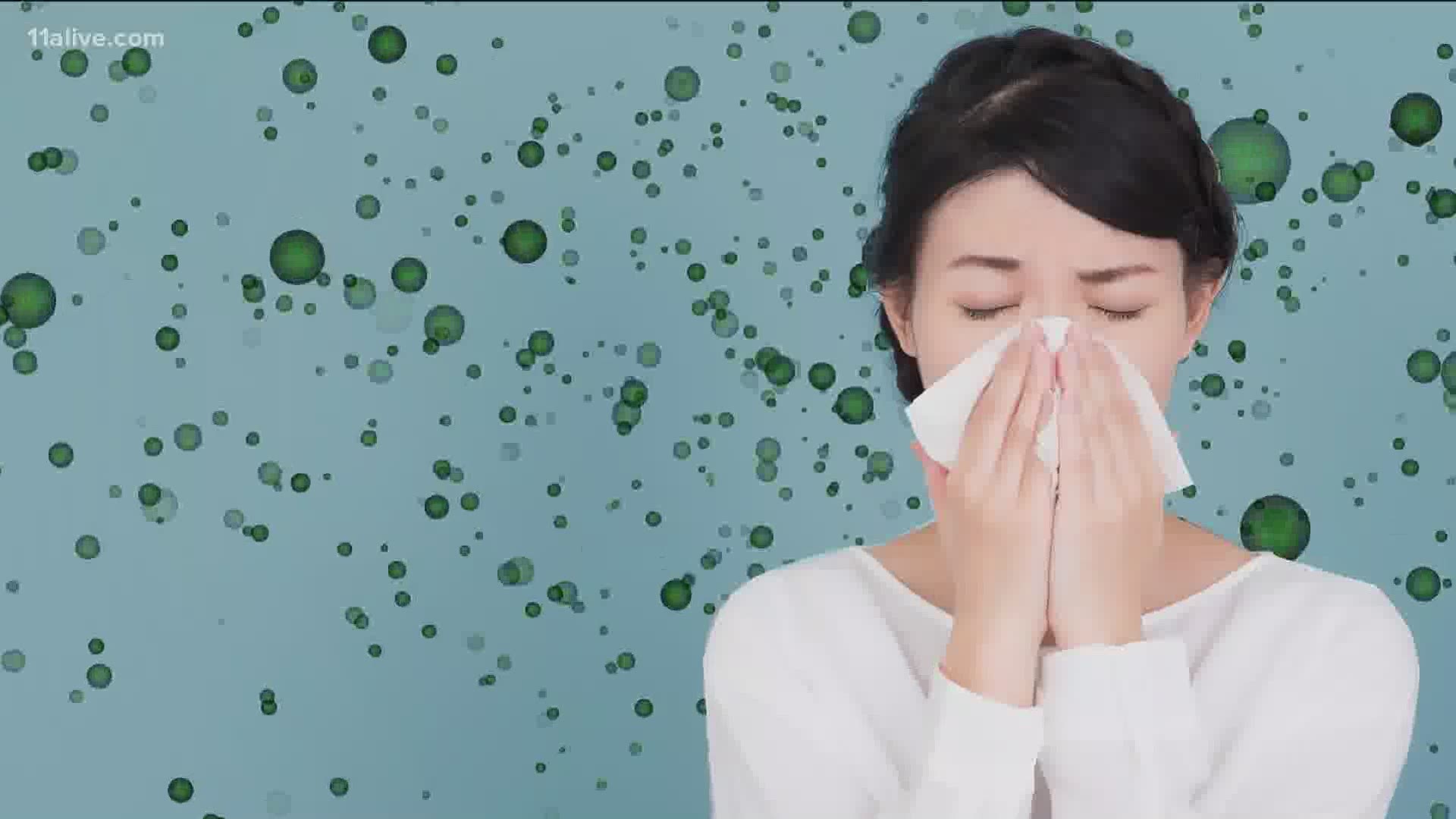ATLANTA — As time inches on during this pandemic, more people are willing to get out and about in Georgia.
A video from Saturday along the Chattahoochee River near Roswell shows large crowds. But it's not just the outside you need to be concerned about. Spending time indoors could be a risk to your health as well.
Experts and researchers say social distancing rules protect you from brief exposures or outdoor exposures. But when it comes to being inside, keep in mind how much you time you spend indoors.
Experts say that if you're in close quarters with others for a long time, it could also be a breeding ground for the virus. By now, most people are aware of the common ways to protect yourself from coronavirus like wearing masks, washing your hands, and keeping six feet apart.
But a blog post that’s now catching people's attention is also stressing how time spent in high-risk environments can make you vulnerable.
Dr. Erin Bromage, an immunologist and professor at University of Massachusetts Dartmouth, wrote an equation in his blog: "Successful Infection = Exposure to Virus x Time"
“Minimizing the amount of time you spend in those environments becomes really important in lowering your risk,” Dr. Bromage said.
Some of those high-risk places Dr. Bromage mentions include workplaces, public transport, social gatherings, restaurants, and homes.
Bromage said some of the ways the virus gets into the environment include sneezing, talking, yelling, and singing.
“The longer an infected person spends in that area, the more they could potentially release it into the environment which then increases the risk for everyone else in that restaurant,” he said.
Bromage added that a single cough releases 3,000 droplets.
Compare that to a single sneeze which he said releases about 30,000 droplets that can travel up to 200 miles per hour
11Alive medical expert Dr. Sujatha Reddy said that, overall, Dr. Bromage's equation is right. But she said there are also factors that make each situation different.
“There are a lot of variables. How much virus is that person expelling? Are they expelling a large amount or small amount? We just don't have that information,” Dr. Reddy said.
Doctor Reddy stressed taking stock of your own daily surroundings. With businesses starting to reopen, she encouraged everyone to continue wearing masks to contain what they release into the air and to keep following social distancing guidelines.
MORE HEADLINES

